#french nobility
Text
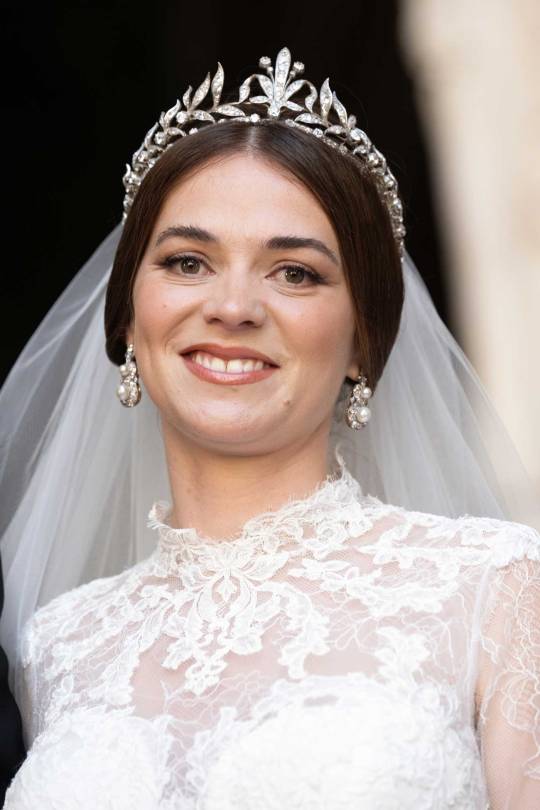
TIARA ALERT: Pélagie de Mac Mahon wore a diamond tiara for her wedding to Prince Amaury of Bourbon-Parma at Autun Cathedral in Autun, France on 8 July 2023.
#Tiara Alert#Pelagie de Mac Mahon#Princess Pelagie of Bourbon Parma#Bourbon Parma#Bourbon Parme#Duchess of Magenta#Tiara#bridal tiara#wreath tiara#France#French Nobility#French Aristocracy
126 notes
·
View notes
Note
Hi! Can I ask you some silly questions? (it's very long so I'm sorry in advance🥲):
I just started reading about the Napoleonic era, and one thing bothers me is how did the marshals, or generals, or whoever under Napoleon's court, got their titles. Every books I read they just said "...and he was made the Duke of [insert land]" and move on. I'm aware that they earned it through military achievements, but is there any specific requirements to be met here? Why some got even Prince titles and did they have any distinctions from Dukes? Also, did they have to do anything with the land they got their titles from?
Thank you for the question! I will try to answer to the best of my knowledge but I cannot stress enough that this knowledge will not go far. I’m not a historian, and when it comes to the details of politics and administration, it does not take long for me to be out of my depths. But maybe somebody else can add more information. Because I think the question is rather interesting, with Napoleon installing a new aristocracy so soon after the Revolution had taken care to abolish the old.
In general, the new nobility received their titles the same way the old nobility had: it was granted by the monarch, in Napoleon’s case through an imperial decree. So, the main requirement if you wanted a nobility title was to be in Napoleon’s good graces, or to be friends with somebody who was and could put in a good word for you. The marshals, generals, politicians, surgeons, bankers and whoever else was added to the bunch all received their »lettres patentes«, basically their certificate that stated they now were a duke, count or baron, and that was that.

The ranking, from highest to lowest, was: prince – duke – count – baron – chevalier.
I understand that at least some of the higher titles did come with some requirements. The family had to have a »majorat«, a set of properties, usually a castle, real estate and a certain amount of values, that had to be passed on in its entirety to the next title holder. As the marshals usually did not have the required amount of wealth, many castles and much money actually came from Napoleon.
In general, the titles »Duc de Frioul«, »Duc de Montebello« etc. were honorary titles, i.e., really only names. They did not give their owners any special rights in the city or region they were named after – except in some cases for the princes.
Berthier, prince de Neuchâtel (also prince de Wagram)
Bernadotte, prince de Ponte Corvo
Talleyrand, prince de Benevent
Unlike in the domains of the former HRE, in France the term »prince« could designate the sovereign head of a country (in the HRE, »Herzog«, = duke was the lowest title for a sovereign, with prince merely designating somebody who belonged to a ruling house, afaik). So, the princes above actually owned a (usually rather small but technically to some degree independent) principality in the places they were named after, that they could administer, give laws in etc.
I’m not sure if it was the same for the later princely titles:
Davout, prince d’Eckmühl
Masséna, prince d’Essling
Ney, prince de la Moskowa
As the places they are named after did not belong to Napoleon’s empire, I presume their principalities were formed elsewhere. In a similar way Napoleon in early 1810 briefly planned to scrap together a »principality of Raab« for his stepson Eugène that surely would not have been in Hungary.
And then there’s Lannes, who is always special 😊. I understand he actually was gifted with a principality in Poland, but somehow never bothered to go through the stupid paperwork to also receive the title of »prince de Sievers«.
In addition, there are also the imperial princes (members of the imperial family) and the grand dignitaries of the empire who also held a – non-hereditary! – title of prince while they were in office. But I’ll leave those aside. I find this all complicated enough.
Back to the marshals: Originally, only two of them were princes, Berthier and Bernadotte. As to the duke titles, they fall in two categories: some are named after a specific military feat of the title holder, and some are just generic.
Davout: Duc d’Auerstädt (needs no explanation, I guess)
Kellermann: Duc de Valmy (battle of Valmy 1792)
Lannes: Duc de Montebello (battle of Montebello 1800)
Lefebvre: Duc de Dantzig (siege of Danzig in 1807)
Masséna: Duc de Rivoli (battle of Rivoli 1796)
Ney: Duc d’Elchingen (battle of Elchingen 1805)
You could add to that number Marmont’s title of Duc de Raguse, because while Marmont did not win any specific battle, he resided in that city and governed the region, so it did have something to do with him.
Whereas, to my knowledge, most other marshals had no particular relation to the place they were named after. I’m not sure how the names were assigned to the newly declared dukes, maybe Napoleon just opened an Atlas or dropped a pencil onto a map. In the case of Soult (Duc de Dalmatie), that duke never as much as set a foot into Dalmatia. And he was highly disappointed not to have been named »Duc d’Austerlitz« or at least »Duc de Pratzen«, after his corps had contributed so much to the victory there.
Speaking of disappointments: Masséna in turn wanted to be named »Duc de Zurich«, as he rightfully saw that battle as his greatest military feat. But it seems Napoleon only handed out titles for battles that had some relation to him. When Masséna won Zurich, Napoleon unfortunately had been in Egypt, so … sorry, André.
That’s all I can come up with as of now – if you have more questions, please ask away! If I cannot answer, I’m pretty sure the marshalate fandom can. 😊
Thanks once more!
18 notes
·
View notes
Text

Altered Art Painting. "Portrait of the Countess Lily de Roussy de Sales" (1888) by Carolus-Duran (1837-1917), French painter.
Visit Pittoresko for more Altered Art Prints!
Digital Download on pittoresko.etsy.com
#carolus duran#digital download#digital prints#digital poster#french painter#french artwork#french artist#french nobility#vintage art#altered art#altered paintings#altered prints#etsy printables#french aristocracy#vintage portrait#antique aesthetic#antique academia#antique portrait
8 notes
·
View notes
Text
18th century French lord x ornamental garden hermit living on his property, m/m, original male character, French nobility, slow burn, unhealthy power dynamics, enemies to friends to lovers, clasism, daddy issues, younger man x older man, French politics, French kissing, forbidden romance, 253k words, 37/37 chapters.
0 notes
Text
A good rule of thumb is when it offers healthcare and universal income to the rest of the fingers. Even though they are different. ESPECIALLY because they are different. A good rule of thumb is to breed individuality to the extreme and kill only priests and pedophiles. And the French nobility, as a treat.
0 notes
Text
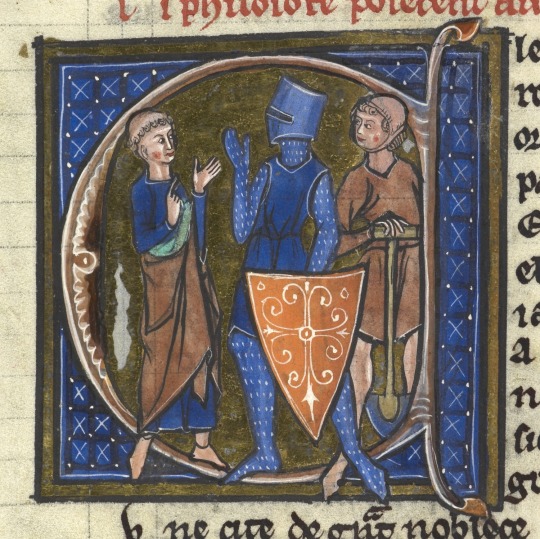

"Cleric, Knight, and Peasant representing the three classes", from Li Livres dou Santé
The tripartite social order of the Middle Ages: the ōrātōrēs (those who pray – clerics), bellātōrēs (those who fight – knights, that is, the nobility), and labōrātōrēs (those who work – peasants and members of the lower middle class).
#medieval#middle ages#manuscript#art#cleric#clergy#knight#nobility#peasant#workman#europe#european#history#knights#illustration#clerics#peasants#french#france
245 notes
·
View notes
Text
On Lestat’s first anniversary as Prince of the Vampires, Armand gifts him a tiny but fully functional guillotine.
#It is canon ffs.#Like 1) It feels like something Armand would have lying around.#2) It would hit close to home you know beheading French nobility and now royalty when they fail to perform their duties accordingly.#3) Armand is a nasty little gremlin with a weird sense of humor and a deep-rooted desire to be as weird as possible.#4) I said so.#the vampire chronicles#vampire chronicles#vc#tvc#the vampire armand#armand#the vampire lestat#lestat de lioncourt#I hope you have all noticed by now that I always tag Armand before Lestat because I’m nothing if not committed.
307 notes
·
View notes
Photo

Jean-Baptiste Greuze (French, 1725-1805)
Le chapeau blanc, c.1780
Museum of Fine Arts, Boston
#art#fine art#1700s#classical art#le chapeau blanc#arts#female portrait#portrait of a lady#women in art#female#portrait#beautiful art#lady#noble#nobility#aristocrat#aristocracy#french aristocracy
217 notes
·
View notes
Text



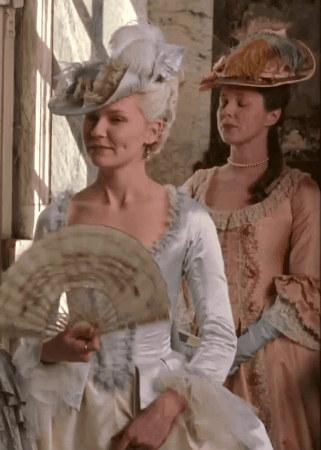
Marie Antoinette (2006)
#marie antoinette#sofia coppola#marie antoniette 2006#filmedit#perioddramaedit#kirsten dunst#moviegifs#filmgifs#costumedit#cinematv#hats#period drama#period costume#luxury#nobility#noblewomen#versailles#france#french queen#monarchy#french monarchy#aesthetic#queens#my edit
124 notes
·
View notes
Text
The impressive beauty of malachite furniture made in the 18th-19th century :



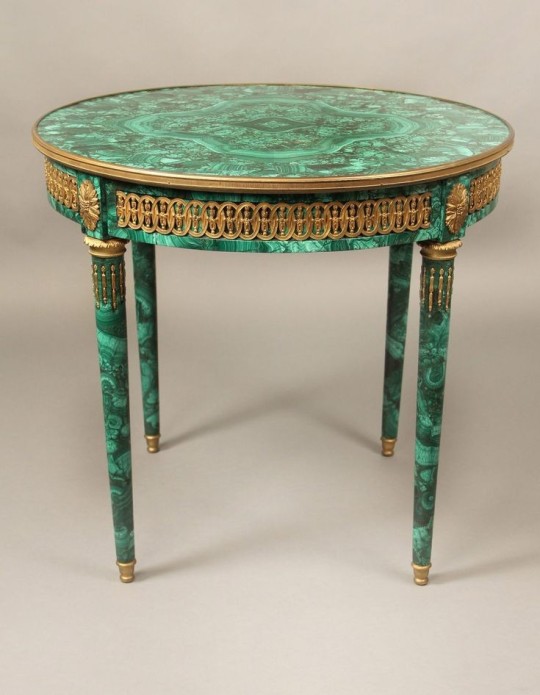

#furniture#vintage furniture#louis xvi#malachite#semi precious stones#bronze#18th century#19th century#furnishings#antique furniture#louis xv of france#russian empire#russian nobility#tsardom of russia#fine art#elegance#russian art#french art
367 notes
·
View notes
Text
Dreweatts Auction
Dreweatts' Fine Jewellery, Silver, Watches and Objects of Vertu auction on March 22nd will feature one tiara that belonged to a French noble family.
Marquise de Chambrun's Opal & Ruby Tiara - estimate 12,000 - 18,000 GBP
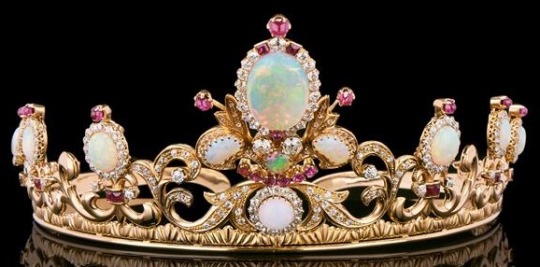
youtube
*Both the lot notes and the video state that there is only one other known opal tiara which is definitely not true. Check out my opal tag here.
142 notes
·
View notes
Text
PROPERTY OF A ROYAL FAMILY - 19TH CENTURY SAPPHIRE AND DIAMOND PARURE

IMPORTANT 19TH CENTURY SAPPHIRE AND DIAMOND CROWN
Octagonal step-cut and oval-shaped sapphires, varied old-cut diamonds, gold, 1840s, 45.3 cm, brown fitted case

EARLY 19TH CENTURY IMPORTANT SAPPHIRE AND DIAMOND TIARA
Octagonal step-cut and oval-shaped sapphires, rose and old-cut diamonds, gold, circa 1800, 49.0 cm, black fitted case
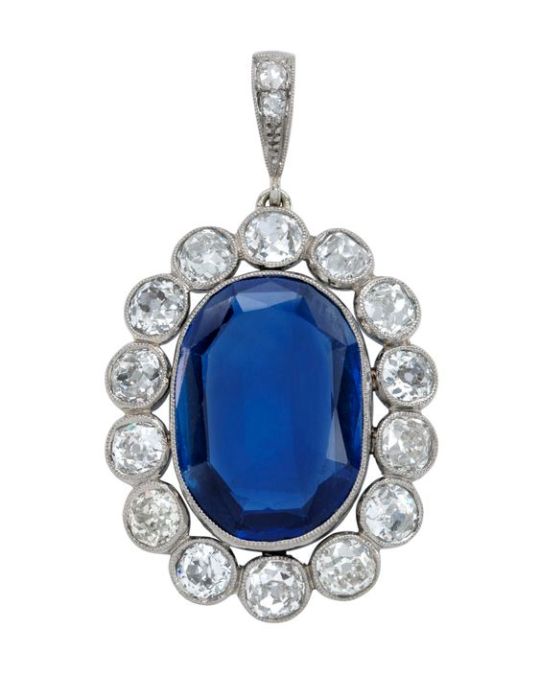
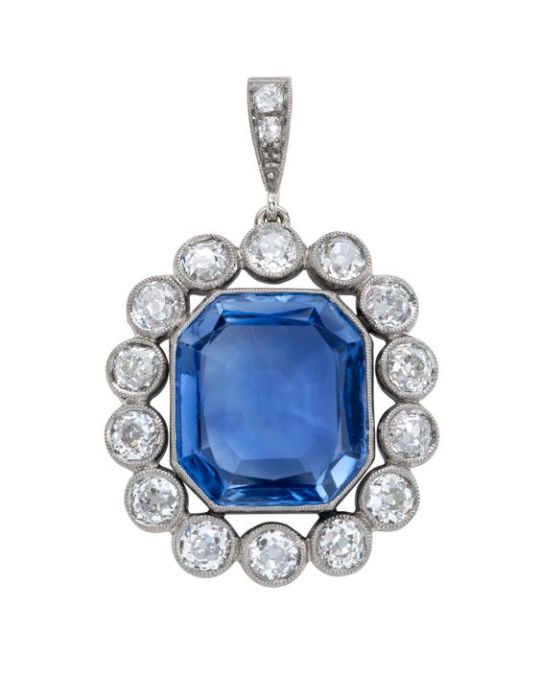
TWO EARLY 19TH CENTURY SAPPHIRE AND DIAMOND PENDANTS
Oval-shaped sapphire, old-cut diamonds, gold, circa 1800, 3.6 cm
Octagonal step-cut sapphire, old-cut diamonds, gold, circa 1800, 3.2 cm
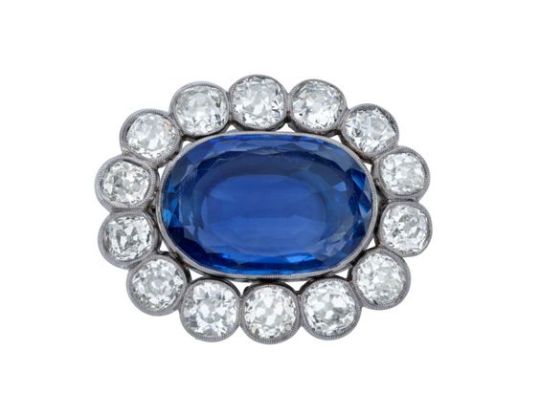
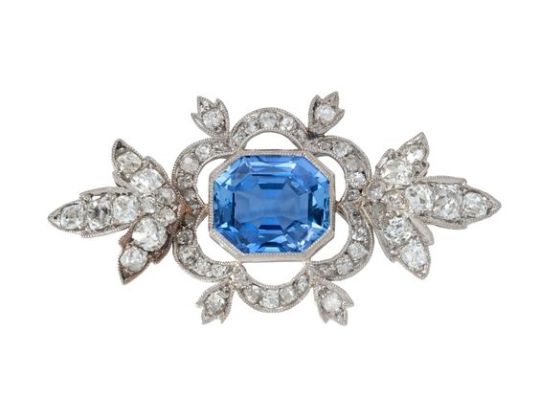
TWO EARLY 19TH CENTURY SAPPHIRE AND DIAMOND BROOCHES
Oval-shaped sapphire, old-cut diamonds, gold, circa 1800, 3.7 cm
Octagonal step-cut sapphire, rose and old-cut diamonds, gold, circa 1800, 3.6 cm
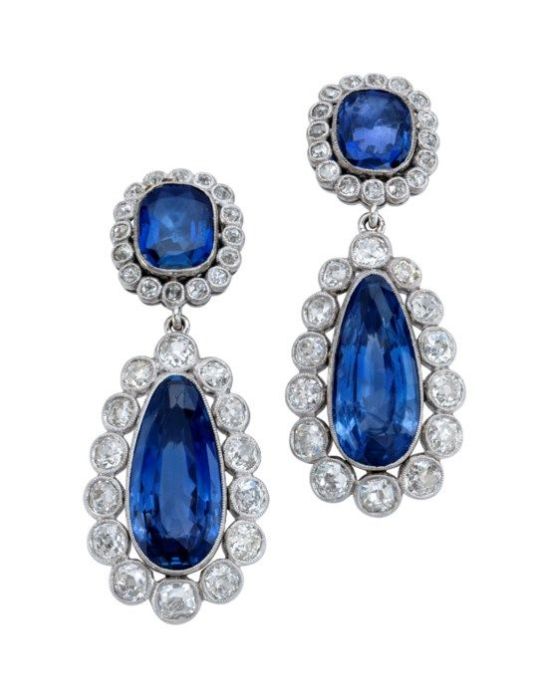
EARLY 19TH CENTURY SAPPHIRE AND DIAMOND EARRINGS
Pear and cushion-shaped sapphires, old-cut diamonds, gold, circa 1800, 4.4 cm
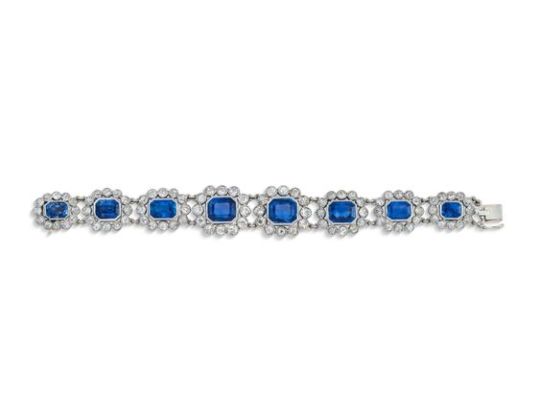
EARLY 19TH CENTURY SAPPHIRE AND DIAMOND BRACELET
Octagonal step-cut sapphires, old-cut diamonds, gold, circa 1800, 17.5 cm

EARLY 19TH CENTURY SAPPHIRE AND DIAMOND RING
Octagonal step-cut sapphire, single and old-cut diamonds, gold, circa 1800, ring size 6 ½
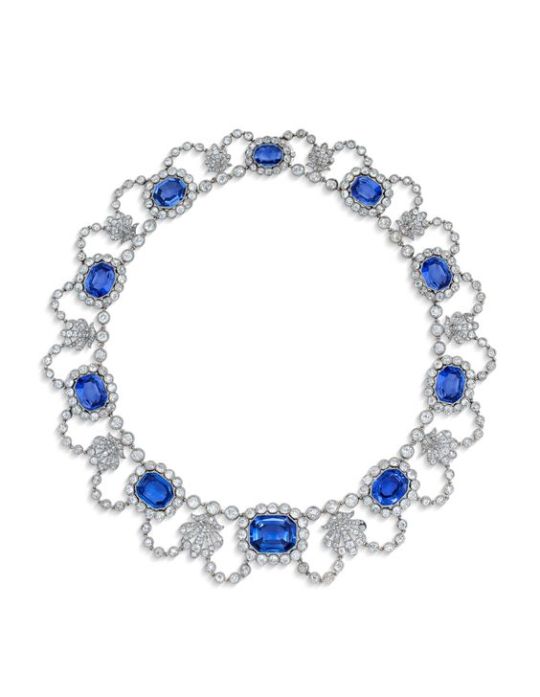
EARLY 19TH CENTURY SAPPHIRE AND DIAMOND NECKLACE
Octagonal step-cut sapphires, rose and old-cut diamond, gold, circa 1800, 40.5 cm, black fitted case
Christie's 1 2 3 4 5 6 7 8 9 10
#portugal#portuguese royal family#french royal family#french aristocracy#german nobility#parure#set#jewelry set#jewelry collection#tiara#tiaras#diadem#diadems#crown#crowns#necklace#necklaces#pendants#pendant#brooch#brooches#bracelet#bracelets#earring#earrings#rings#ring#diamond#diamonds#sapphire
52 notes
·
View notes
Text
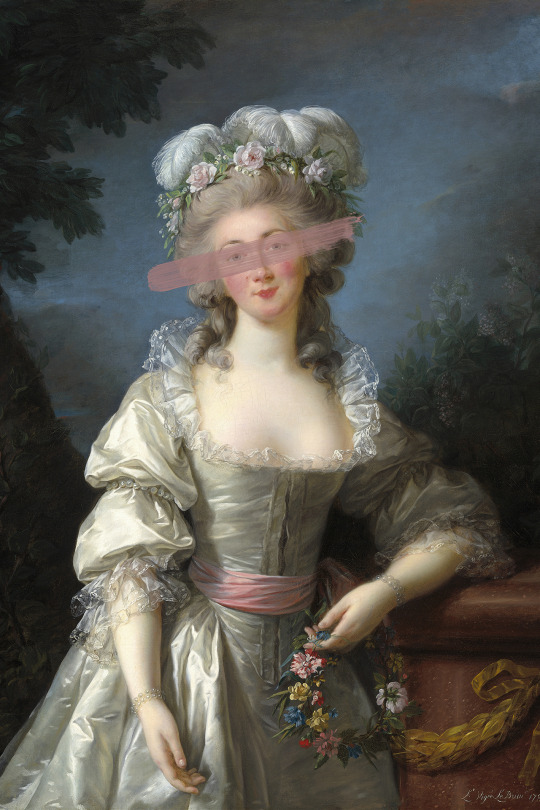
Altered Art. "Madame du Barry" (1782) by Élisabeth-Louise Vigée Le Brun (1755-1842).
Visit Pittoresko on Etsy for more Altered Art Prints. Digital Download https://www.etsy.com/shop/Pittoresko
#elisabeth louise vigee le brun#elisabeth vigee lebrun#altered art#altered paintings#altered prints#18th century art#1700s art#1700s fashion#madame du barry#french nobility#maximalist decor#etsy seller#etsy shop#etsy store#etsy art prints#etsy printables#etsyseller#etsy artwork#etsy handmade#digital poster#digital download#digital prints#art print
12 notes
·
View notes
Text
I feel so, so dumb, but until very recently, I didn't understand that when revolutionaries (particularly during the Convention) talked about aristocrats, they didn't mean on nobility. They meant on each other. It was a slur/accusation against each other and members of the bourgeoise.
For former members of nobility, they used "ci-devant noble" moniker. And they didn't talk that much about them - the old nobles were stripped from their privileges and didn't exist as a group anymore. They were a potential threat in terms of counter-revolution, yes, but the talk about aristocrats was so often about the (rich) bourgeoise trying to use the revolution to get on the top. Such members of the bourgeoise, including deputies, were called aristocrats as a slur. This is why denunciation speeches and the like are full of references to aristocracy. This is why SJ called Danton an aristocrat, and was called an aristocrat in return.
How... how could I miss this for so long? 0_0
#i guess they realized early on what was to happen in the end#the rich bourgeoise 'taking over' the spot left by the abolition of nobility#and yes some tried to stop it#but it didn't work and we all know how/why#and the result was that the rich bourgeoise did take over#and 'our world' as we know it was born#frev#french revolution
50 notes
·
View notes
Text

La beauté est une arme redoutable. Mais on ne peut l'employer qu'à des fins nobles.
Colette
101 notes
·
View notes
Text

Henri de la Rochejaquelein by Pierre-Narcisse Guérin
#henri de la rochejaquelein#art#pierre narcisse guérin#portrait#war in the vendée#vendée#royalist#royalists#french revolutionary wars#french revolution#france#french#henri du vergier#vendéan#insurrection#rebellion#catholic#royal#history#europe#european#aristocratic#nobility#aristocrat#nobleman#kingdom of france#general#monarchy#army#vendéans
103 notes
·
View notes